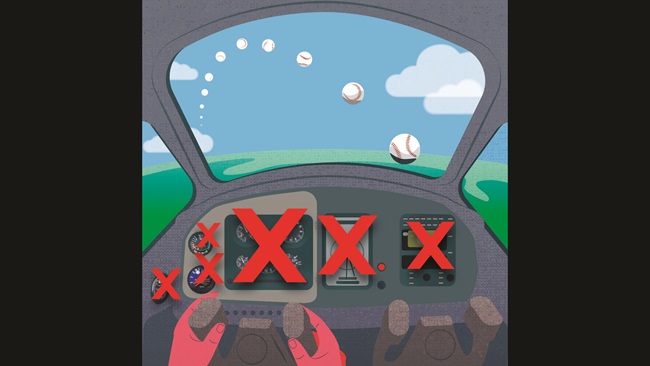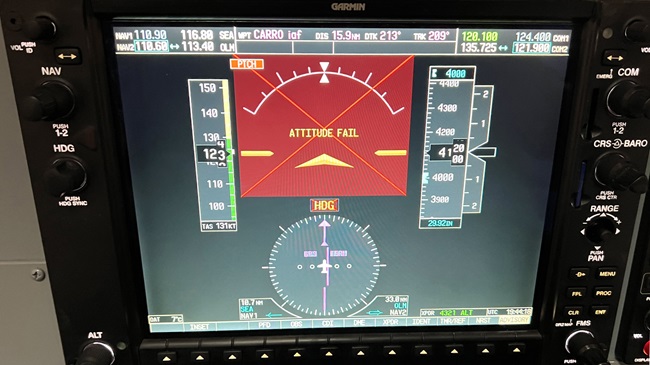IFR Fix: Sketchy safety pilot scenarios
Pilot A was taxiing a Cessna Cardinal RG out for practice instrument approaches with Safety Pilot B aboard when they noticed “a very brief, slight shudder” coming from the nosewheel.
They felt it again during takeoff, so Pilot A asked the control tower to look them over and advise if the gear had retracted properly.
Disappointing news. After landing and unhitching the hooked-up hardware, next was to figure out how it had heedlessly hung on.
The answer proved a cascade of casual conclusions and visual illusion: When Pilot A had asked Safety Pilot B if “we” had unhooked the tow bar, the safety pilot responded that the tow bar was in the hangar.
Affirmative, a tow bar was in the hangar—another airplane’s tow bar. “We” had slipped up on stowing the Cessna’s stick.
Core to the culture of general aviation instrument flying is the rule authorizing safety pilots for simulated instrument flight. It helps pilots maintain instrument currency and lowers instrument students’ training costs.
Pilots and their safety sidekicks tend to be peers, adding fun and freedom to practice and proficiency.
For safety pilots, the flights are a bit of a junket, and your name gets inscribed in your buddy’s logbook to document the operation, making you a player, not just a weight-and-balance entry.
Sometimes this sweet arrangement designed to deflect danger—midair collision, in this setting—can create unintended risk, as when the flight gets too buddy-buddy for its true purpose.
Such a scenario surfaced when the pilot and safety pilot aboard a retractable-gear Cessna 182 wrapped up their day’s flying by swapping landings.
The safety pilot went first. Then the left-seater commenced a no-flaps approach and landing for the grand finale, according to a filing submitted to the Aviation Safety Reporting System.
Peers will be peers, and conversation had “turned away from flying the airplane.”
The checklist went ignored. A gear-up-accident resulted when the pilot flying failed to note that a malfunctioning gear-unsafe warning horn had not sounded.
Mostly, safety pilots keep us away from other aircraft, catch missed radio calls—and in one case, steered a Piper Seneca clear of plunging parachutists.
But companionship is the fringe benefit, not the mission. Save the casual conversation for the coffee shop, where the demands of flying an aircraft won’t become a distraction.




